Estimated reading time: 7 minutes
Renewable energy has always been the primary agenda during UN conventions. International governments want to stave off the worst effects of rising temperatures. However, considering recent changes in the climate, Earth may not be habitable in the coming years.
Renewable energy sources such as solar and wind energy are the only solution to this problem, as they don’t emit carbon dioxide and other greenhouse gases. Clean and green energy has always been recommended for two reasons. First and foremost, it helps lower energy bills. Second, the growing sector has created jobs and made electric grids more resilient while expanding energy access in developing countries.
All the above reasons have contributed to a renewable energy renaissance in recent years. With solar and wind technology at their peak, they are setting new records for electricity generation.
But why is it a problem if Fossil Fuels are used?
From time immemorial, humans have relied heavily on coal, oil, and other fossil fuels to power everything from light bulbs to cars to factories. The use of fossil fuels is embedded in daily routines. Hence, the greenhouse gasses released from burning these fuels have reached historically high levels.
Climate change, polluted air, scarcity of rainwater, and wildlife extinction are mere results of high levels. However, renewables can be a reliable trade-off as they are trade-off as they are perpetually available and virtually inexhaustible. They have low- or zero-emissions resources.
Hence, technology is also taking leaps in this direction. New-age inventions are using renewable sources as their raw materials and creating breakthroughs. This blog will discuss these innovations and how companies make a USP in their niche.
Viridos
Have you ever thought algae could produce large volumes of oil to fly massive Boeing aircraft? Viridos has made astounding progress on one of algae’s most promising potentials: sustainable, low-carbon biofuels. Algae can certainly synthesize large volumes of oil (20 times more than that of mustard per acre), grow fast (10 times quicker than terrestrial plants), and capture carbon dioxide (CO2). In addition, it has benefits for industrial production. So, how does algae do it?

It uses catalytic hydrothermal liquefaction technology to convert algae biomass to oil. This process involves using water as a solvent under high temperatures and pressure to extract oil from the biomass.
The technology includes direct utilization of wet biomass without any need for drying. Also, there is no need to convert every organic fragment of biomass into oil without any wastage.
Recently, ExxonMobil partnered with Viridos to commercialize algal biofuels. ExxonMobil, in its company newsletter, added, “Microalgae are excellent at converting CO2 and sunlight into oil-rich biomass, especially when compared to land-based crop plants like oil palm and soy,”
The commercial production of biofuels works in trucks and airplanes. With particular emphasis on heavy transportation and aviation, they are essential in the effort to build a cleaner economy. These two sectors are critical components of global commerce but also need help decarbonizing with electricity or other readily available technologies.
The company is also focusing on developing biological production, algal crop measurement tools, and scalable development programs. These will only form the basis of an integrated system to tackle the challenges of sustainable biofuels.
GPS Renewables
The founders of the Bengaluru-headquartered company, who run Asia’s largest bio-CNG plant in Indore, among 100 other tech-led captive biogas plants, have found a solution to wastewater management. Over the last decade, India’s leading Full Stack Clean Fuels has been spearheading India’s energy transition using green fuels through waste.
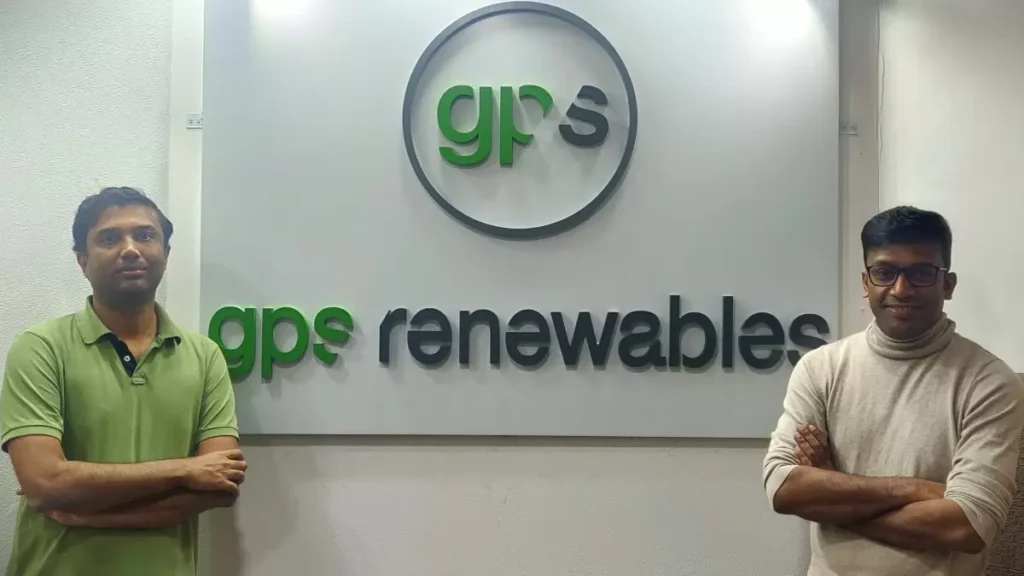
The bioenergy produced by Gobar gas plants was designed to provide low-cost waste management solutions to rural areas. The company also runs two large, functional bioCNG plants. One in Indore is Asia’s largest bio-CNG plant, processing about 500 tonnes of organic waste.
The company is also setting up multiple plants that convert paddy straw, which is often burnt in the North and is a source of smog every winter, into bio-CNG for vehicular applications. The company has run its first biogas-powered electric vehicle (EV) charging station at Haji Ali, Mumbai.
The company is also solving a more mature problem: the menace of rapidly growing waste that is polluting the environment. By treating the waste, the company is offering one of the most efficient and captive biogas technologies in the market, the BioUrja.
They are driving organic waste processing while capturing clean biogas at Hotels, Technology Parks, Corporate Offices, Hospitals, and Non-Profits across the Globe. The company offers end-to-end solutions for the development, production, and distribution of green fuels with a focus on biogas, bio-CNG, ethanol, and green hydrogen, thus spearheading net zero economic development in the country.
SELCO India
SELCO is a sustainable company that supplies and distributes sustainable energy through solar lighting, thermal water heaters, and inverter systems. It enables the underserved sector to receive sustainable energy at affordable coSELCOs. SELCO has gained popularity in customizing solar electric components for the unique requirements of low-income urban and rural communities.
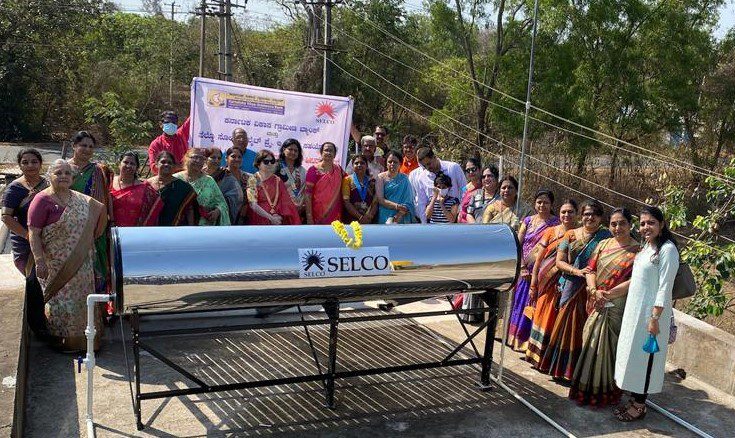
The initiative by the SELCO team has brought several micro business owners who are using SELCO solutions in their rural villages to showcase various solar-powered livelihood technologies, including a sugarcane juicer, roti rolling machine, sewing machine, and pottery-making machine. Many of these machines decrease manual labor, increase efficiency, and enable differently abled folk to perform work.
The company has built partnerships with Indian banks and microfinance organizations to enable entrepreneurs and families to cover the capital costs involved in acquiring and using these solutions. The team also provides last-mile health facilities in rural areas.
SELCO Foundation and IKEA Foundation, in partnership with the Ministry of Health and Family Welfare (MOHFW) and various State Health Missions, launched a ground-breaking initiative, ‘Energy for Health.’ It bring solar energy solutions with efficient medical and electrical equipment to 25,000 healthcare facilities in resource-constrained climate-vulnerable regions across 12 states by 2026. It has impacted health facilities as the installation of solar and battery storage meant their monthly electricity went down from ~10,000 INR to ~400 INR.
SELCO’s last-mile solar-powered energy solutions for rural India exemplify a commitment to a ‘just’ sustainable transition that doesn’t leave behind underserved communities. The robust systems thinking methods have been able to develop innovative solar-powered technologies tailored to the unique needs of various customer segments, including micro-business owners.
SolarGaps
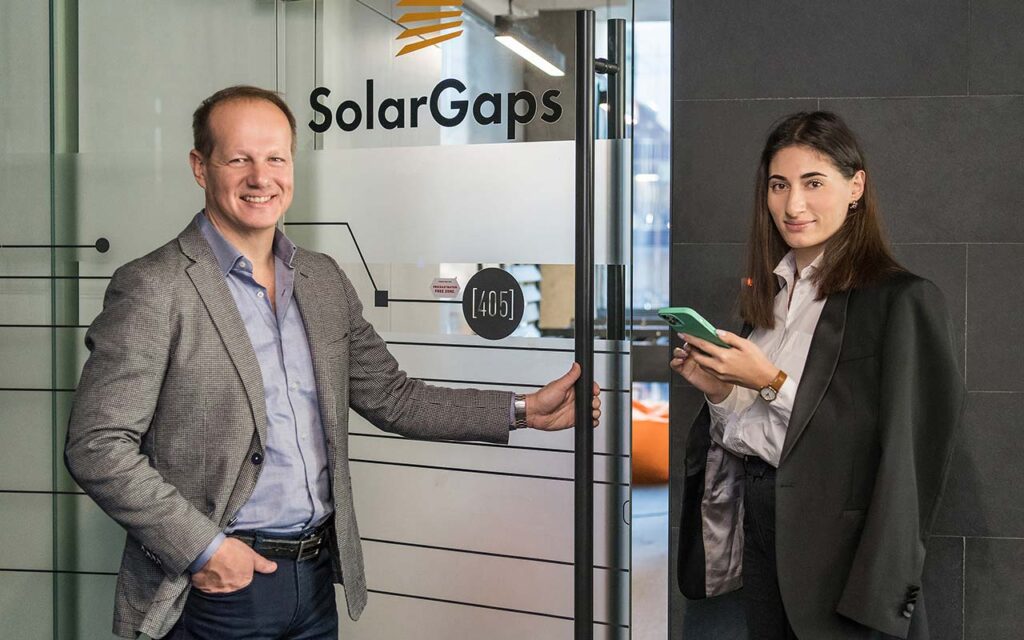
SolarGaps are smart blinds, the first in the world to automatically track the sun and generate electricity from its energy while keeping your apartment or office cool. If installed on the outside of the building, the blinds will not only lower your power bills but also provide active shading to reduce air conditioning usage and consequently reduce your carbon footprint.

Adding Solar Panels has only contributed to lowering electric consumption and is popular in the United States. The average United States saves $20,000 by installing a solar array in your home.
It is to be noted that returns on your investment in panels will always be higher, as energy prices will always increase and are expected to continue to do so.
Final Thoughts
The rapid pace of technological advancements in renewable energy has ushered in a new era of sustainability and efficiency. Innovations in solar, wind, hydro, and bioenergy technologies have significantly increased the efficiency and lowered the costs of renewable energy production, making it more competitive with traditional fossil fuels. Enhanced storage solutions, such as advanced battery technologies and innovative grid systems, have addressed the intermittent nature of renewable energy sources, ensuring a more reliable and stable energy supply.




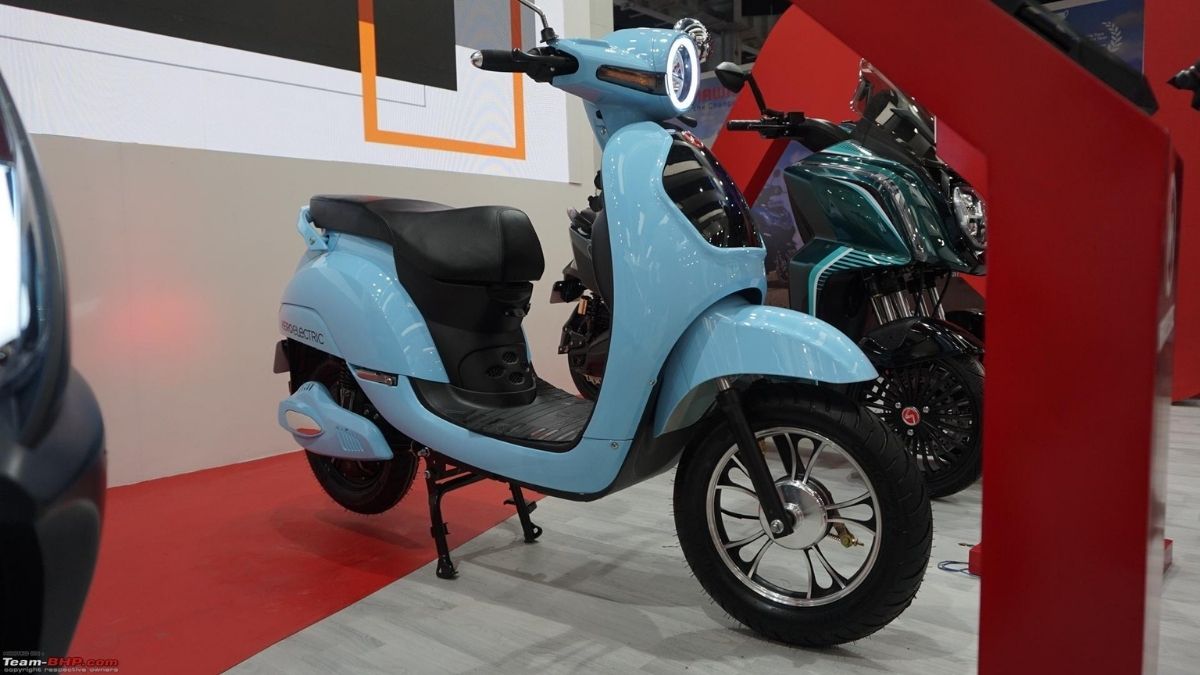
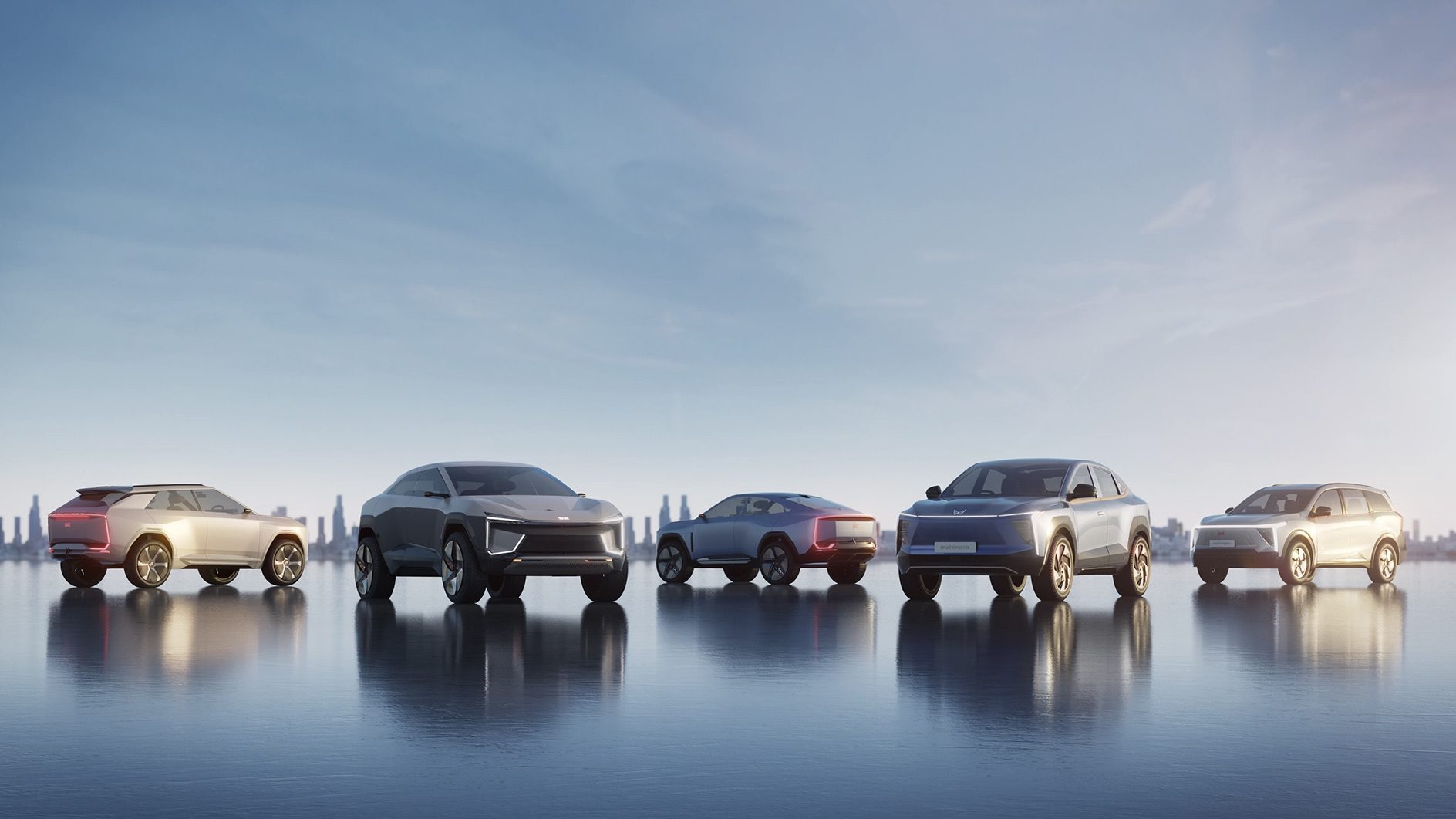
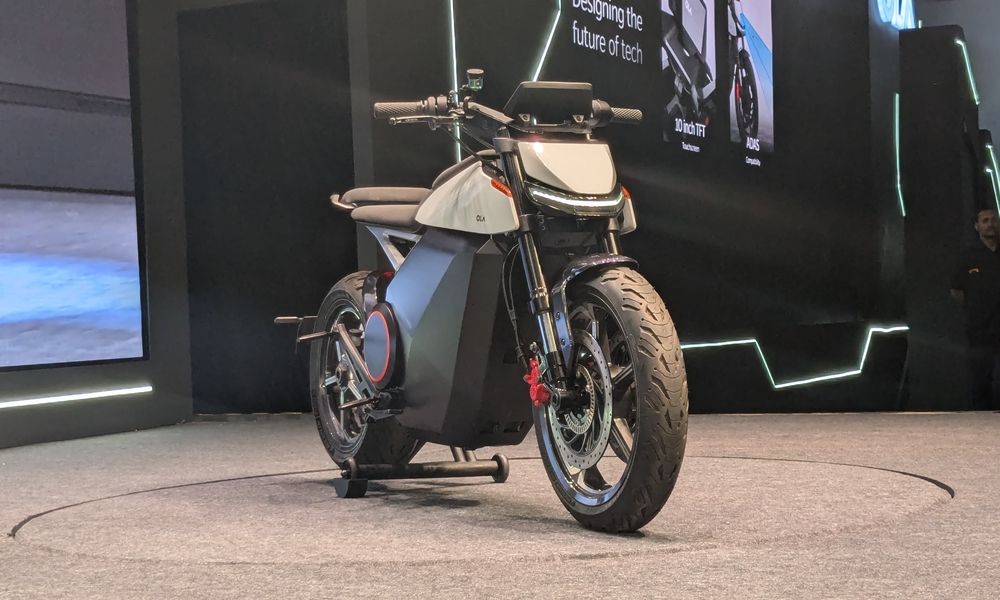

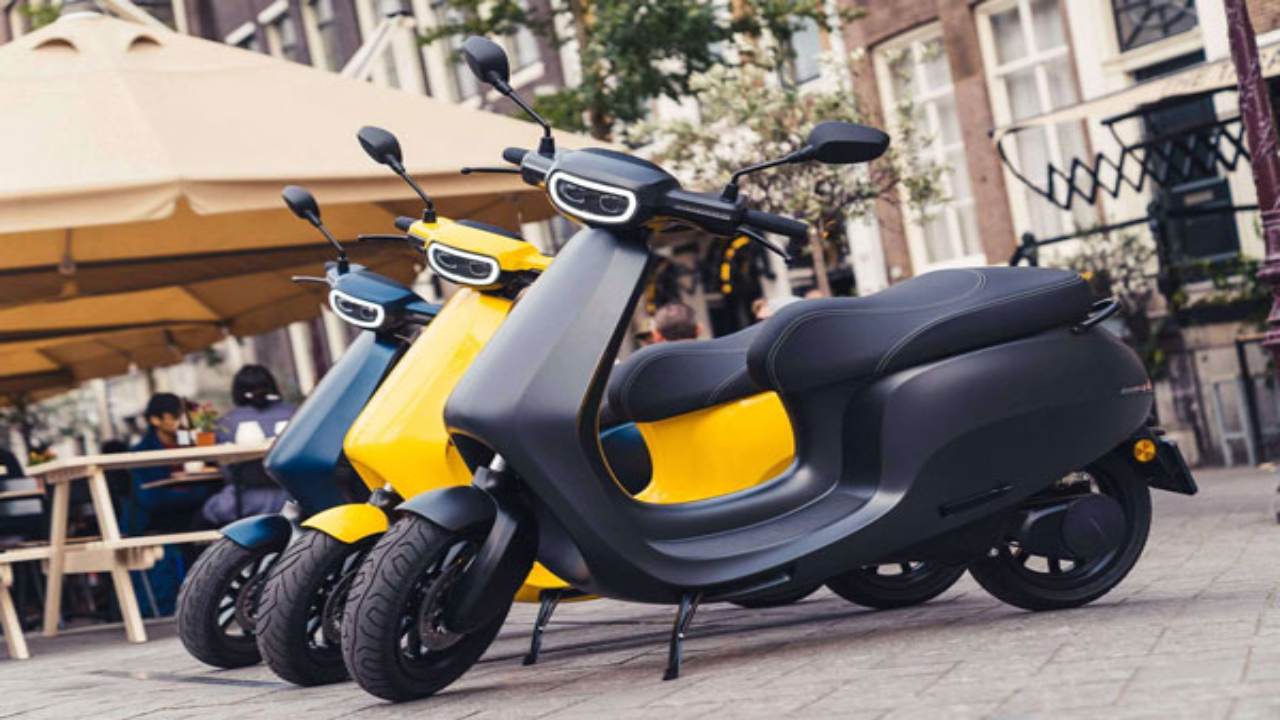

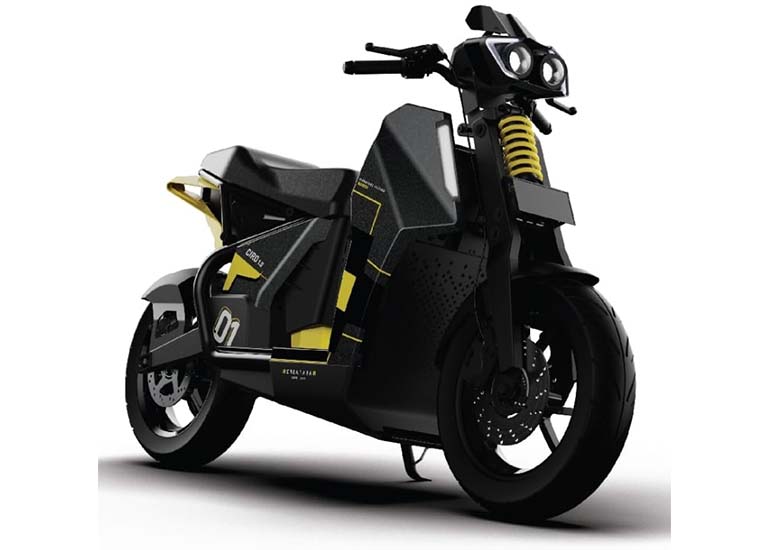


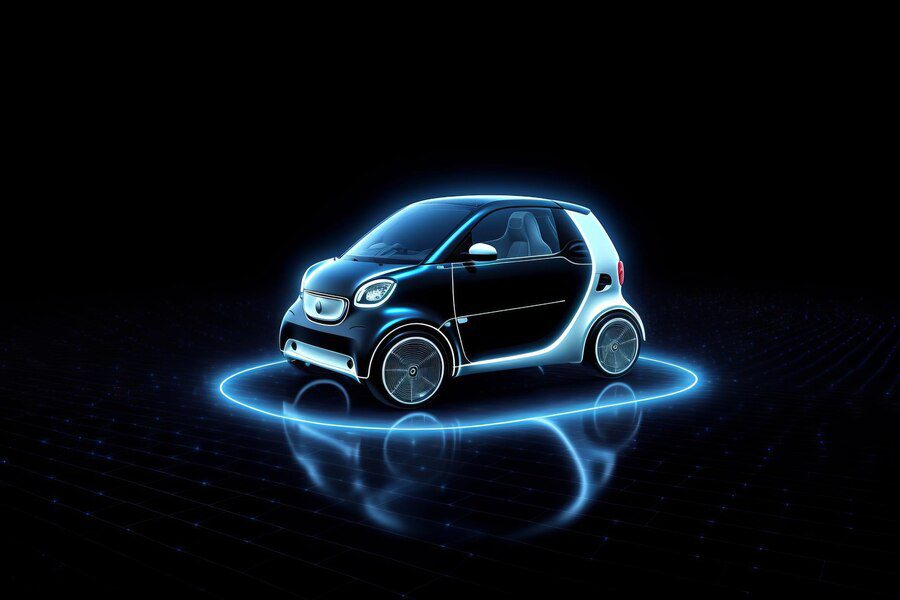

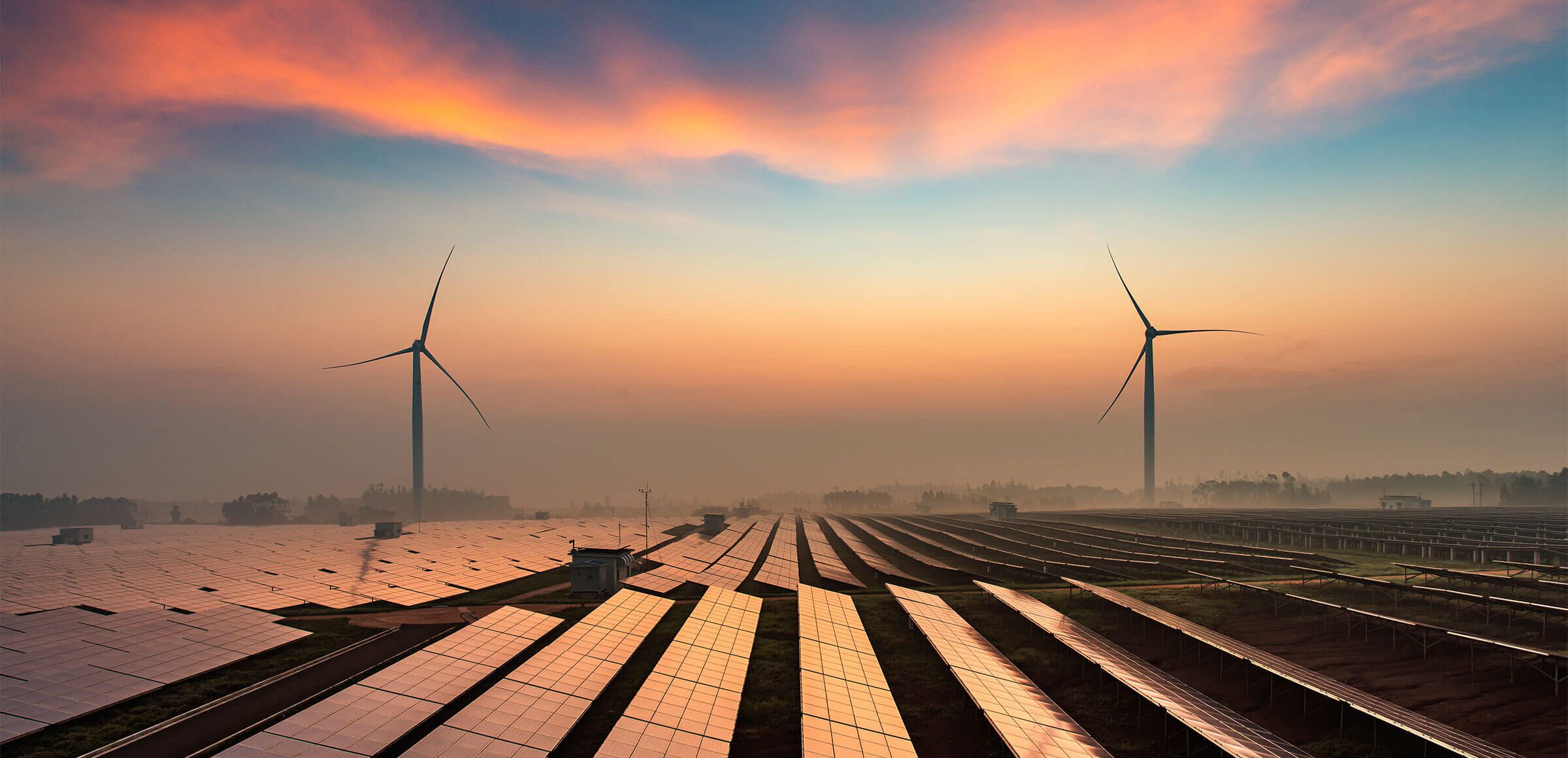
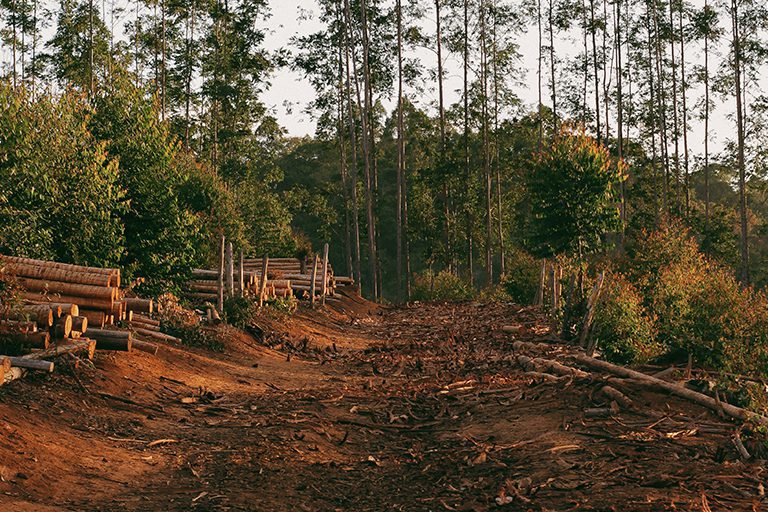



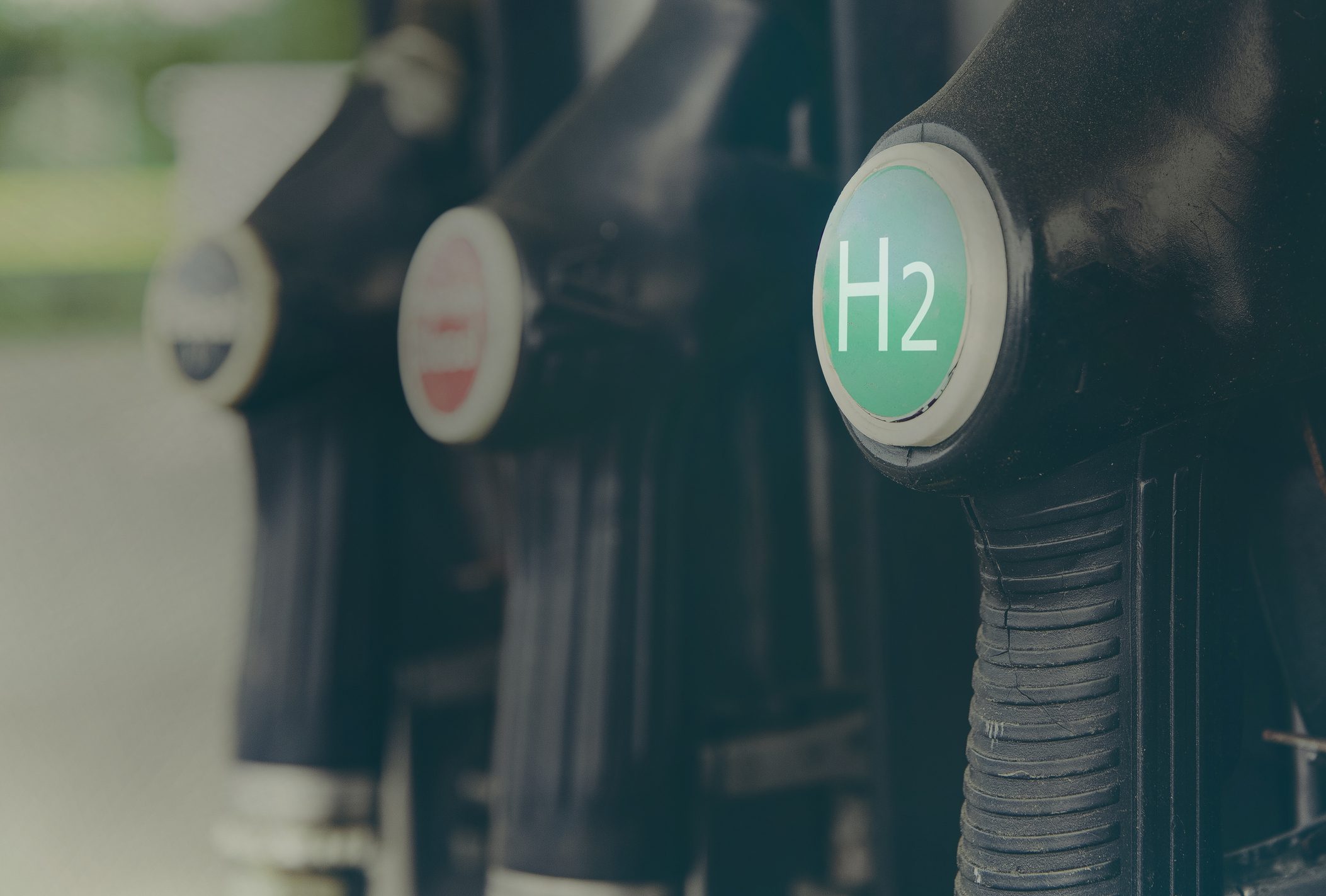
Leave feedback about this